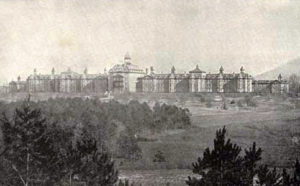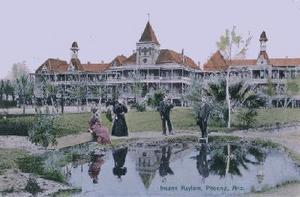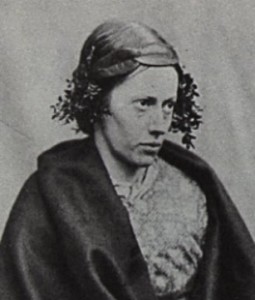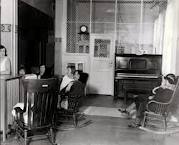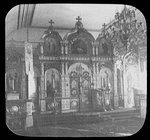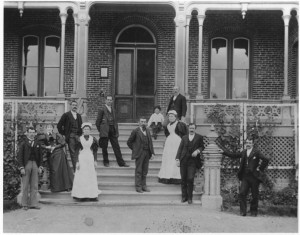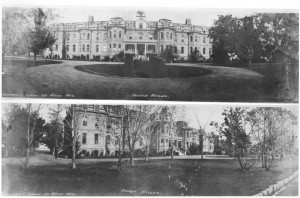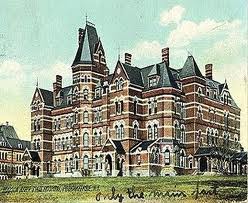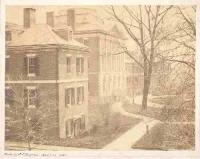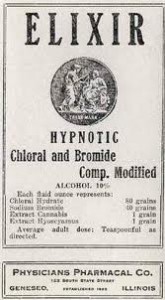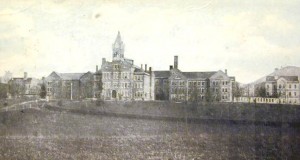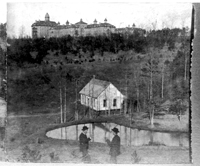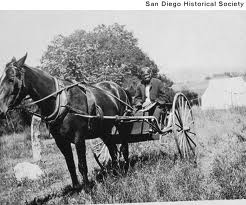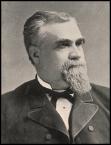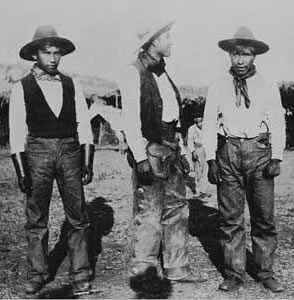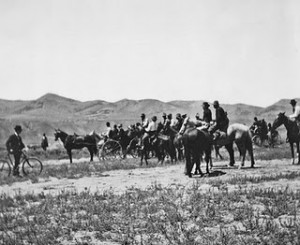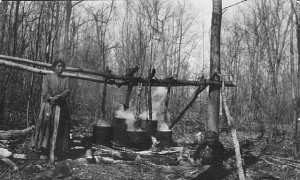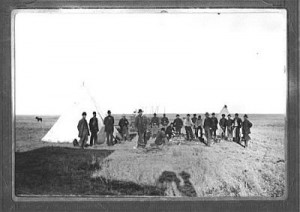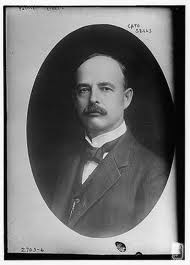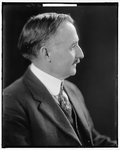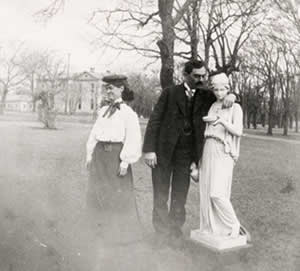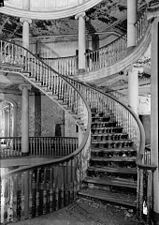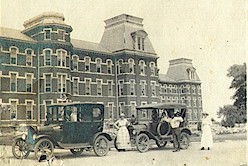Early alienists knew little about why a person became insane, but they were always willing to guess. The superintendent of Western North Carolina Insane Asylum reported on the causes for admission to the facility in 1888. They included: the Civil War, disappointment, jealousy, menstrual irregularity, nostalgia, and political excitement. In 1908, the same asylum listed these causes for admission: brooding over sin, cigarette smoking, climacteric worry, desire to marry, ear disease, fear of child-birth, fear of pregnancy, fright, and hard work and nose bleed.
We seem to be living in more enlightened times, but today’s psychiatric profession has its own absurdities. The current Diagnostic and Statistical Manual of Mental Disorders lists “caffeine-induced sleep disorder” and “mathematics disorder” as valid mental illnesses. Their list has risen from 265 recognized disorders in 1980 to 365 today.
______________________________________________________________________________________
